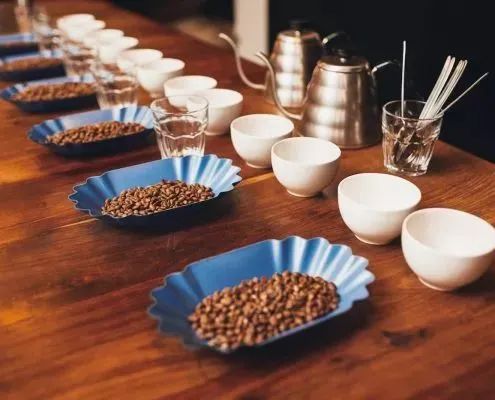
Nowadays, coffee shops often emphasize that they are "boutique coffee". And more than 90% of stores choose to use light to medium roast to interpret the flavor of raw coffee beans, why is this?
Fine coffee has many claims, but its core pursuit is only one thing - "terroir". Because of the demand for such an original and detailed flavor presentation, "light roast", a roast level has become popular.
In the light-medium roast degree, the coffee itself "terroir" is most easily expressed, bright and lively acidic fruit tones are mostly the flavor that this roast degree wants to present, with hand-pouring, siphoning, Aloha pressure, and other "black" coffee extraction methods, is the most in line with The third wave of the fine coffee core concept of the practice.
El café ligeramente tostado también contiene más ácido clorogénico. Muchos informes de investigación sobre el café indican que este ingrediente tiene el efecto de aumentar el colesterol HDL y proteger el hígado, ralentizar la aterosclerosis y otros efectos. Con el auge de la dieta natural en los últimos años, el café negro boutique es tan bueno como parece.
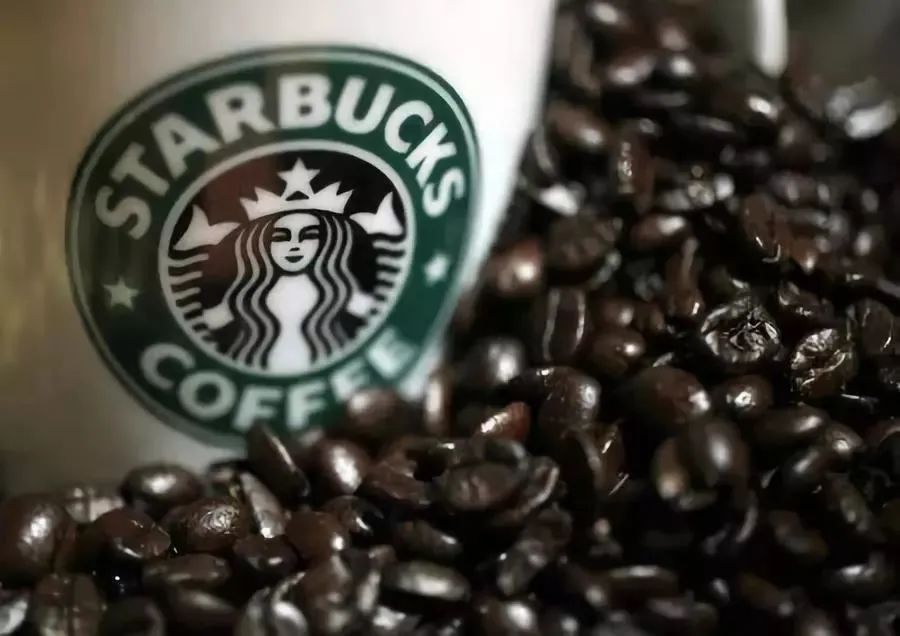
In terms of extraction, since the cell walls of light-roasted coffee are less damaged, we can use "violent" techniques in extraction, which is okay. That is fine grinding (fine sugar size), high water temperature (about 88 - 92 degrees), high water flow stirring (hand brewing pot height, shaking pot pressure, etc.), and high water to powder ratio (about 1:13.33 - 1:16.67).
Por supuesto, esta es una declaración bastante general. Debido a que el sabor preferido de todos es diferente, por supuesto, el enfoque correcto es diferente para cada persona.
Light roasting is so popular in the domestic coffee world that many enthusiasts may shake their heads and sigh when they see dark roasted coffee: "herbal". They even think that "only poorer beans use deep roasting techniques to disguise unpleasant flavors" and that "deep-roasted beans are unhealthy for the human body." ……
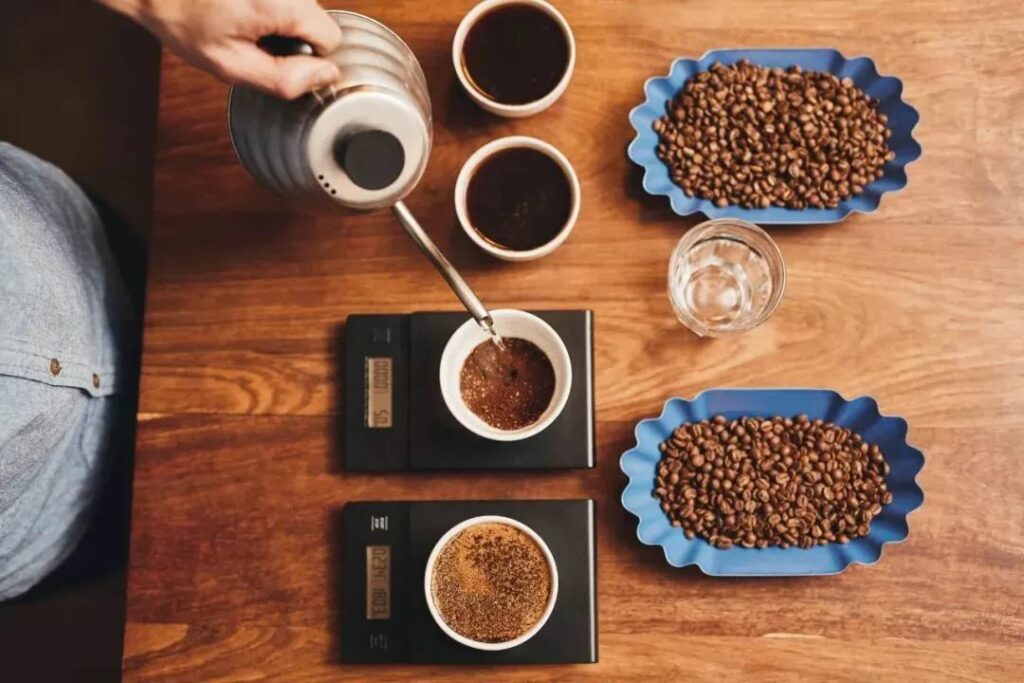
De hecho, tal idea es incorrecta, el café fino no puede tostarse profundamente. Por ejemplo, ¿por qué Manteanin y Kenya AA tienden a tomar un tueste más profundo en el pasado?
La razón principal es por el origen y el método de procesamiento, lo que hace que estos dos granos tengan una fuerte acidez, mientras que el tueste profundo juega un papel importante en la desaceleración de la estimulación de la acidez en la lengua humana, convirtiéndola en un mérito dulce y suave.
We mostly think of dark roast as burnt and smoky, mainly because the way we handle dark roast is "high heat and quick fry", while Japanese roast insists on "low heat and slow roast". So in the same deep roast, the Japanese method is relatively easy to leave more of the sweetness and fullness of the coffee.
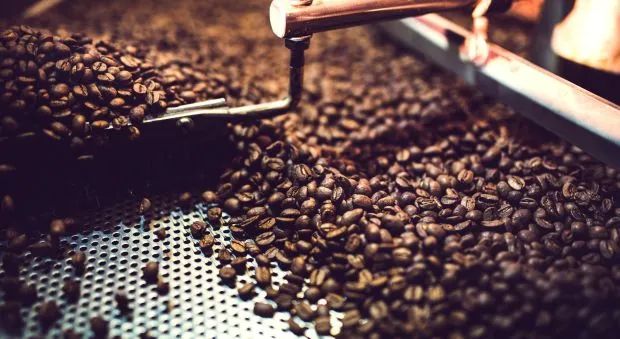
Entonces, ¿es cierto que los tuestes más oscuros no usan buenos frijoles porque todos saben igual cuando se hornean de todos modos?
¡Por supuesto que no! Si alguna vez ha tenido el placer de beber un tueste muy oscuro de un grano de café de calidad boutique en una antigua tienda de té japonesa, en comparación con un tueste muy oscuro de un lote inusual de granos de café, notará una diferencia significativa en la dulzura. , aroma y capas entre los dos.
Definitivamente no es el caso que cualquier tostador o cualquier grano crudo sepa igual - depende de la habilidad del tostador y la calidad de los granos crudos.
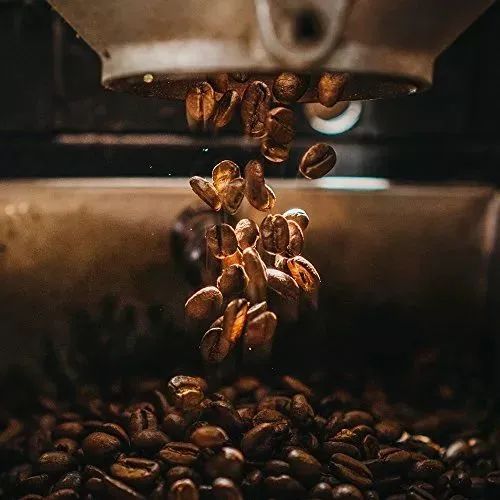
Dark-roasted beans are definitely not unhealthy either. As long as the beans are "properly and skillfully" dark roasted, the effects of coking substances on the human body can be largely avoided. Dark roasted coffee beans also degrade fenugreek, producing more nicotinic acid (commonly known as vitamin B3), which is also a beneficial ingredient for the body.
Unlike lighter roasts, darker roasts provide the aroma and sweetness from the relatively large molecules of "brown pigment" and therefore require a relatively longer extraction time. But also because of the ease of extraction, it is necessary to "minimize disturbance", in other words, "treat the coffee powder as gently as possible", and fill the water slowly in order to achieve these requirements at the same time.
Por último, ¡no cometa el error de tostar un café de tueste oscuro a la perfección!
Si tienes una opinión diferente sobre este artículo, no dudes en dejar un comentario.
Acerca de AFPAK
AFPAK investiga, diseña y fabrica máquinas y equipos para el llenado de cápsulas de café. Durante más de 12 años, AFPAK se ha expandido a más de tres fábricas que se ocupan del llenado de cápsulas de café, el empaque de cápsulas de café y las cápsulas vacías, entre otros.
Contacto con los medios:
Persona de contacto: Jeff Fang (gerente general)
Correo electrónico:info@afpak.co
Teléfono: +86-1561-8866-167
Sitios web: https://afpakmachine.com/ https://www.nespressofilling.com/ https://www.kcupfilling.com/
